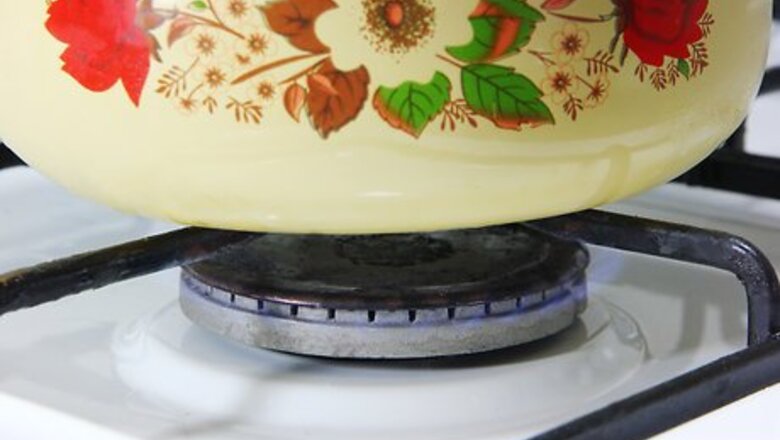
views
Doing a Basic Reduction
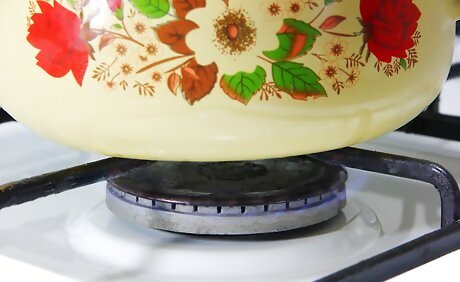
Turn the heat up. Make sure there’s enough heat for the broth to simmer uncovered. Medium heat should be sufficient to bring the broth to a simmer and get some of the excess liquid to evaporate.
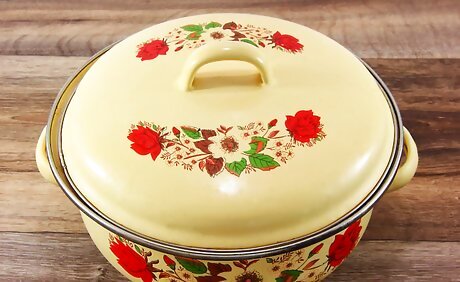
Use a wide pan to reduce faster. Using a wider saute pan rather than a deeper pot or saucepan will allow your broth to heat faster and reduce more quickly. You can also divide the broth into two or more batches (wide pans best) and heat separately to speed up the process.
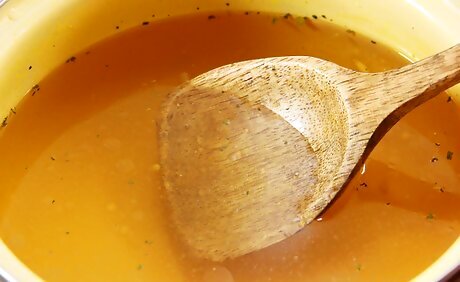
Give it time to cook down. It’s better for the broth to simmer rather than boil. If the heat is too high, the broth might reduce too much and become bitter-tasting. Keep the broth on medium heat, and give it at least ten minutes before checking on it.
Using a Thickening Agent
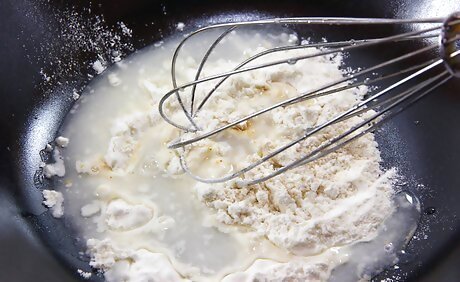
Make a cornstarch slurry to give your broth more body. Cornstarch is similar to flour as a thickening agent, but it works better and won’t affect the taste of your broth. Mix a tablespoon (7.5 g) of cornstarch with 1 tablespoon (15 mL) of cold water for each cup of broth. Once fully combined, add slurry a little at a time, stirring constantly. Bring the broth to a boil. Keep stirring the slurry in until the broth is almost the thickness you want. Remember that the broth will thicken a little as it cools.
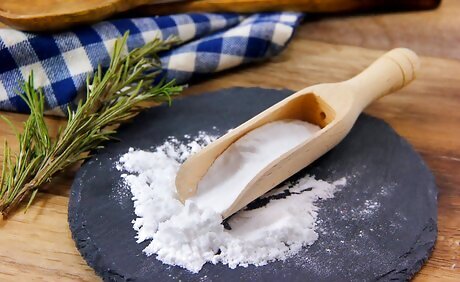
Use an alternative thickening agent. Ingredients such as arrowroot, potato starch, and tapioca powder can be used as thickening alternatives to cornstarch. Arrowroot and tapioca are root starches derived from tropical plants, and along with potato starch are commonly used in gluten-free cooking. For arrowroot powder, mix 2-3 tablespoons (16-24 g) with the same amount of water. Whisk into a cup of hot broth, then slowly combine with the rest of the broth. For potato starch, mix 1 tablespoon of starch (10 g) with 2 tablespoons (30 mL) of water. Whisk into a cup of hot broth then combine with the rest. For tapioca powder, stir in a teaspoon of starch (2.5 g) at a time until broth reaches desired consistency.
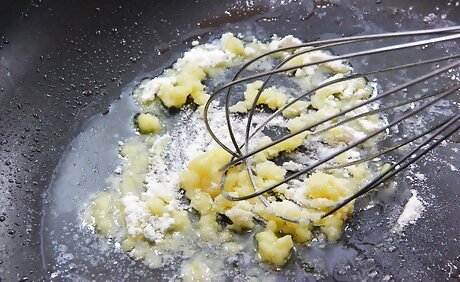
Make a roux by combining flour and fat. A roux is a mixture of flour and fat that can serve as a useful and delicious way to thicken a broth, soup, or sauce. Depending on how much thickening the broth needs, place 1-3 tablespoons of fat in a saucepan over medium heat. Whisk in an amount of flour equal to the amount of fat used. Cook for about ten minutes, stirring frequently, then let it cool before adding to the broth. Whisk the roux into the broth until combined, making sure there are no lumps. For a lighter roux, use butter or oil. For a darker, richer roux, use drippings.
Using Food as a Thickener
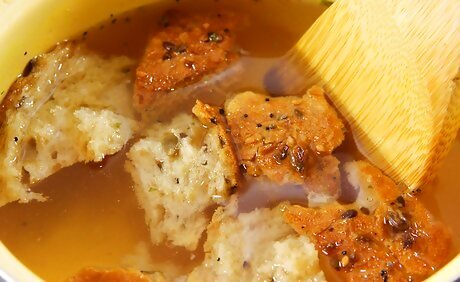
Add bread for a creamier broth. Soak pieces of bread in the hot liquid, then remove and puree. Recombine with the rest of the liquid. You can also use breadcrumbs to thicken the broth.
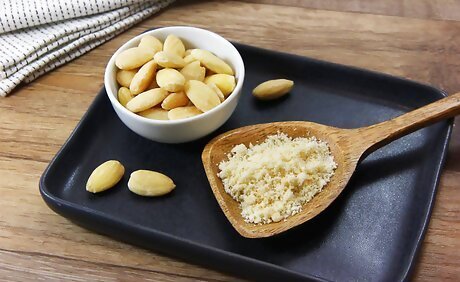
Mix in ground nuts for a richer soup. Nuts have been used to thicken broths and soups for generations. Grind a handful of nuts until they almost form a paste, then combine with a little of the broth and stir. Add to the rest of the broth. Cashews are particularly good for thickening a broth or soup, adding a smooth texture.

Stir in a dollop of dairy for a silky taste. Adding cream or yogurt is an easy way to thicken and enrich any broth. If adding cream or milk, start with a couple spoonfuls and add to warm but not boiling broth. Or, if you're looking for a lighter but tangier addition, try a dollop or two of yogurt. Make sure the broth isn’t boiling or else the dairy will curdle.


















Comments
0 comment